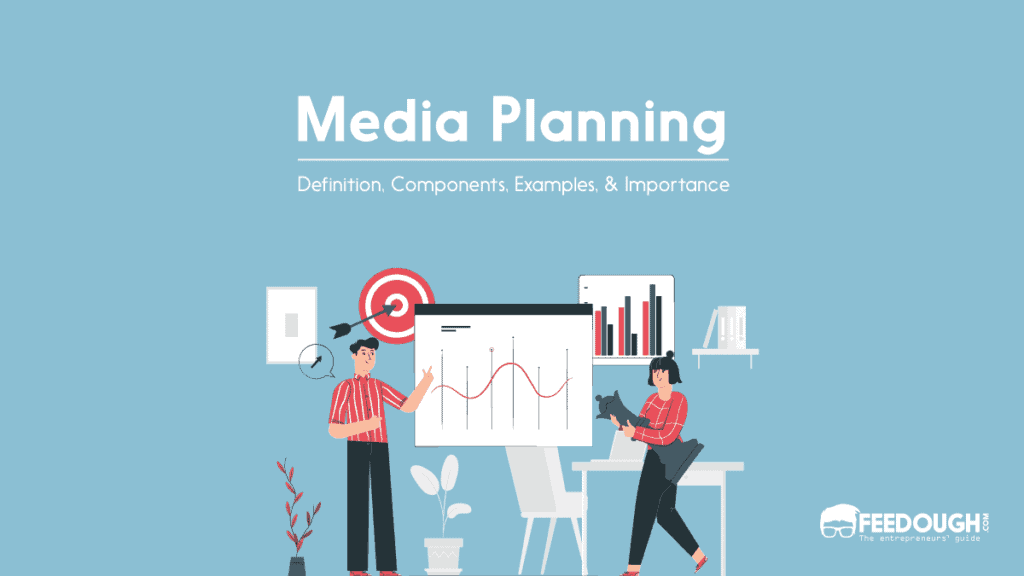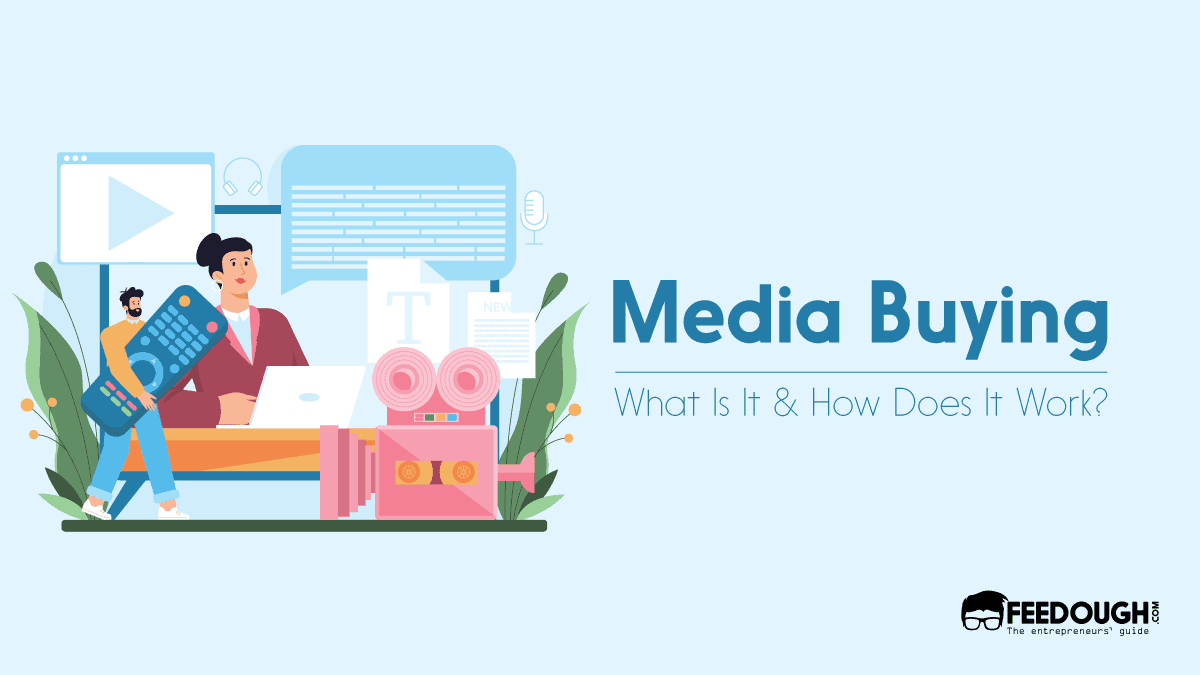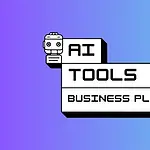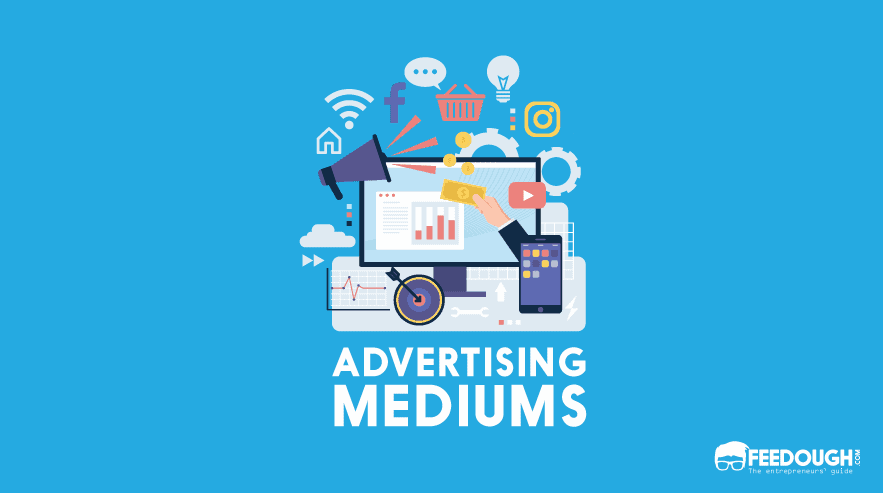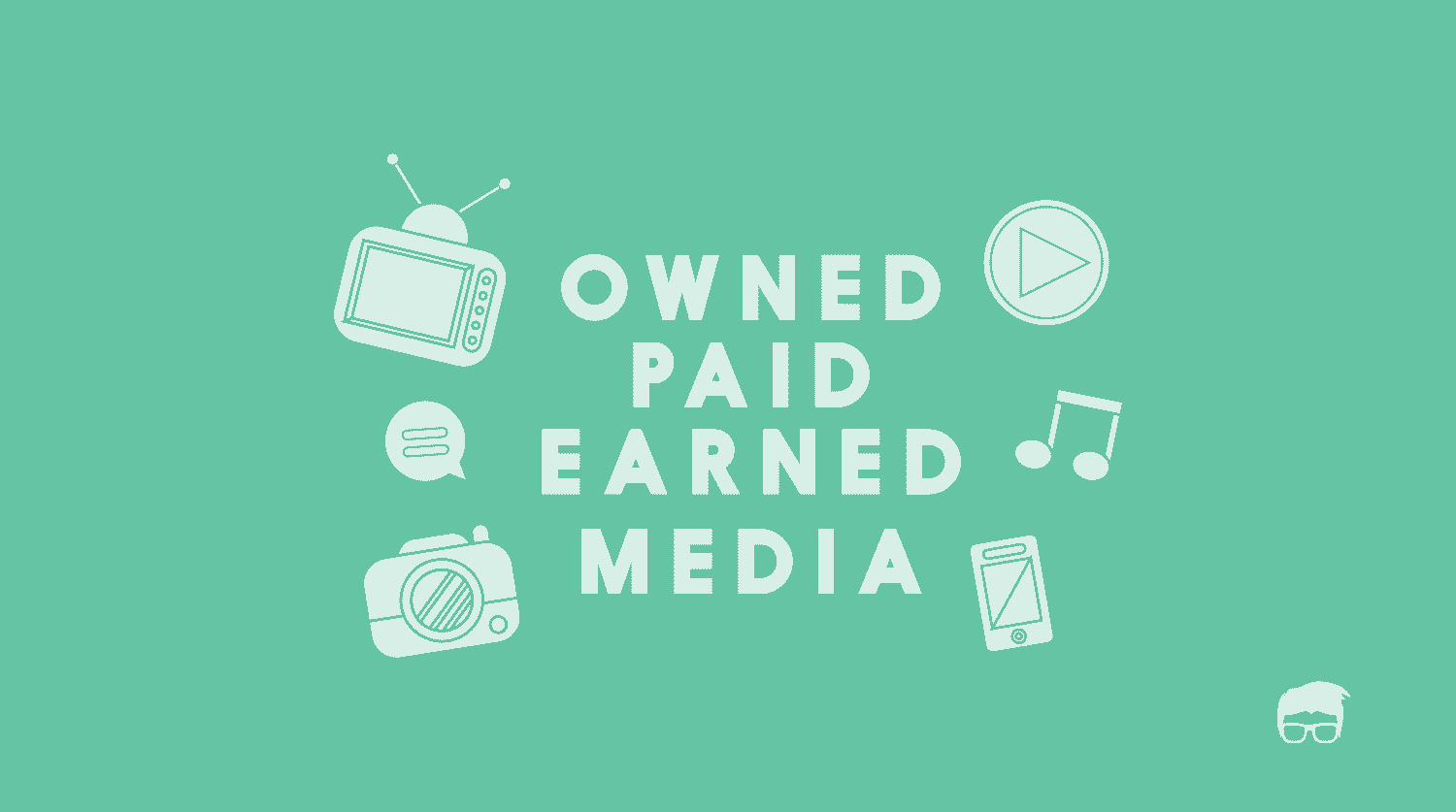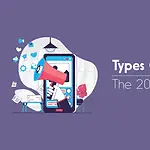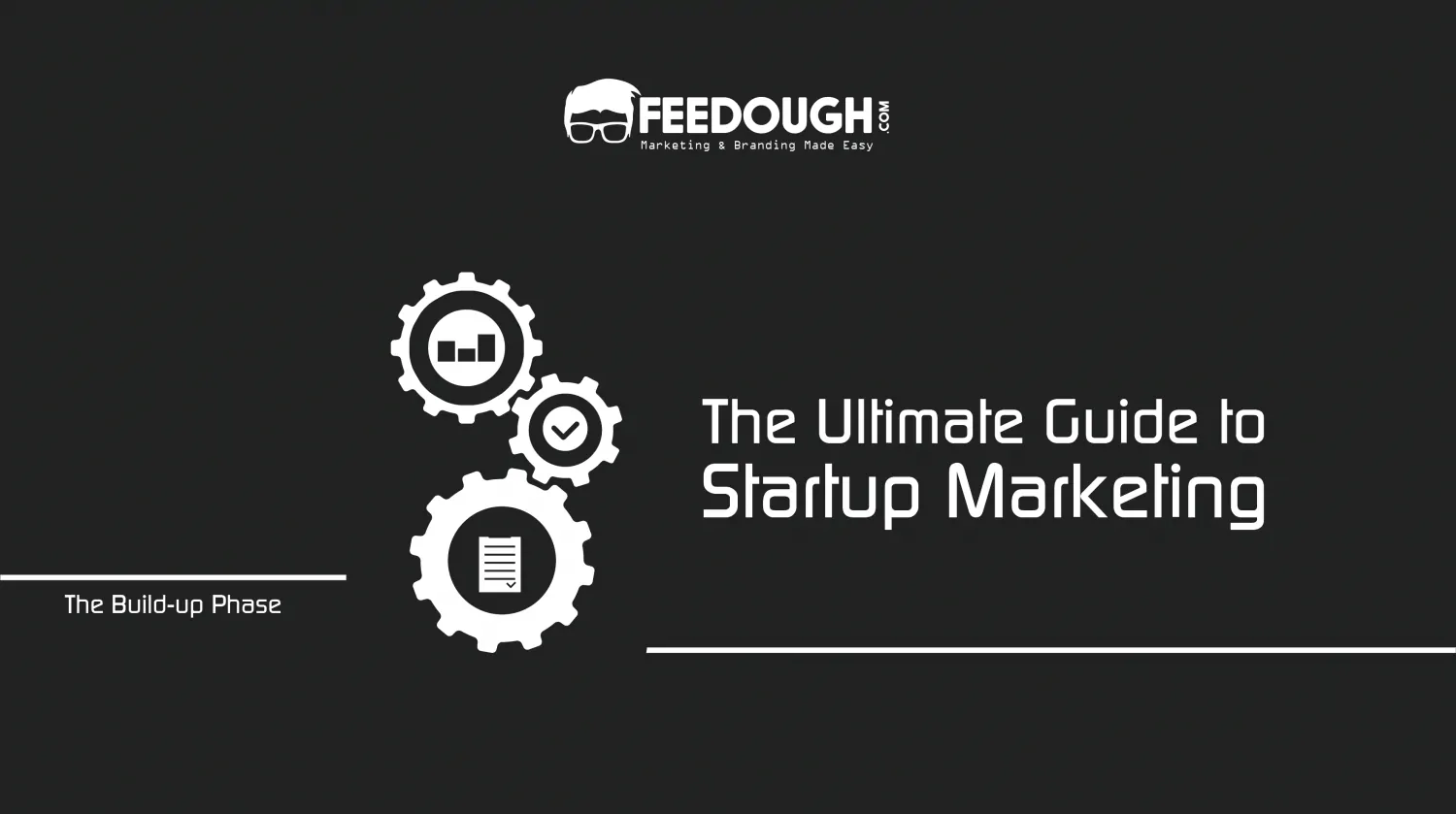Today, marketers are spoilt with choices when it comes to media. There are the traditional touchpoints such as TV, radio, and print. Then there are the digital options such as search, social, and display.
So, how do they decide where to allocate their precious marketing budget? This is where media planning comes in.
But media planning isn’t just about selecting the right touchpoints. There are also many other considerations, such as the target audience, their media habits, and the business’s objectives.
So what exactly is media planning, and how does a marketer write a media plan?
What Is Media Planning?
Media planning is the process of identifying the appropriate marketing mediums and channels to reach the target audience, targeting the right messages, at the right time, in the right place.
It involves understanding the target audience, defining the message, and selecting the right channel to reach them.
In simple terms, it includes planning what media to use, which channels to use and how much to spend to boost a company’s ROI.
Who Is A Media Planner?
A media planner, also referred to as a brand planner or brand strategist, is a professional working at an advertising agency, responsible for planning, buying, and placement of advertising.
They work with advertisers, advertising agencies, and media outlets to orchestrate their clients’ most effective marketing campaigns.
Importance Of Media Planning
Not every marketing medium will work for every offering, brand, and industry. For example, TV might be a great way to reach an older demographic and sell FMCG products, but it will not work for a tech startup targeting Gen Z.
This is where media planning comes in.
It helps to match the right advertising medium with the right product. This, in turn, helps to achieve the client’s objectives while also staying within their budget.
Objectives Of Media Planning
The main objective of media planning is to reach the target audience with the right message at the right time and in the right place.
Besides this, it also aims for:
- Efficiency: Media planning aims to reduce costs by reaching the target audience with the right message through the most efficient channels.
- Effectiveness: It also aims to increase efficacy by ensuring that the target audience is reached with the right frequency and at the right time.
- Fulfilling Long-Term Goals: Media planning also looks at the bigger picture and strives to achieve long-term goals such as brand awareness and building relationships with customers.
The Components Of Media Planning
A media plan has the following main components:
- Target Audience: The target audience refers to a defined group of consumers or businesses that are potential customers for the business’s offering.
- Message: The message is the key point the business wants to communicate to the target audience.
- Channels: The channels refer to the specific touchpoints that will be used to reach the target audience. These can include TV, radio, print, digital, etc.
- Timing: The timing refers to when the message will be delivered. This includes frequency, reach, and exposure.
- Budget: The budget refers to the amount of money that will be allocated to the media plan.
- KPI: The KPI or key performance indicators are the metrics that will be used to measure the success of the media plan.
The Media Planning Process
The media planning process can be broken down into the following steps:
- Market Analysis
- Establishing Media Objective
- Media Selection
- Budget Allocation
- Message Development
- Media Scheduling
- Measurement and Evaluation
Here’s a closer look at each of these steps:
Market Analysis
The first step involves researching the market to gain insights into the target audience, their media habits, and the business’s objectives. This involves studying existing data and conducting focus groups, surveys, social listening etc.
The audience can be classified according to demographics, geography, psychographics, and behaviour.
At the end of this step, the media planner understands the target audience’s needs, desires, challenges, etc.
Establishing Media Objective
The market analysis results in an understanding of the potential reach, frequency and exposure.
Now, the media planner determines what they want to achieve with this campaign. For this, they set objectives, that could be anything from increasing brand awareness to generating leads or sales.
But to establish this objective, the media planner needs to determine the goal for:
- Reach: This is the number of people the marketing message will be in front of over a period of time. The industry norm is to have a minimum of 80% reach in any given month.
- Frequency: This is how many times each person will be exposed to the campaign on average.
- Continuity: It involves the strategy of how advertising is allocated during the campaign’s course. It can be either continuous scheduling, pulsing scheduling, or flighting scheduling.
- Cost: This is the total cost of the campaign. It is broken down into two costs: CPM (cost per 1000 impressions) and CPP (the cost per person).
- Penetration: This is the percentage of a target audience that will be reached or who will see the message at least once.
Media Selection
Once the objectives have been established, the next step is selecting the channels that will be used to reach the target audience.
The media planner considers various factors such as:
- Campaign objective: The type of campaign will dictate the most appropriate channels. For example, a brand awareness campaign might use TV, radio, and print, while a direct response campaign would use TV, digital, and direct mail.
- Audience characteristics: Some channels may appeal to some demographics more than others. For example, people are more likely to use smartphones for online shopping rather than PCs or laptops. Also, certain shows on cable networks may attract a younger audience compared to prime-time shows on a network.
Budget Allocation
Once the channels are selected, the next step is to allocate a budget for each channel. The budget is allocated to allow the marketing message to be seen by the target audience multiple times.
Message Development
The message is developed keeping in mind the target audience and the objectives of the campaign.
The developed message is clear, concise, and persuasive.
Media Buying And Scheduling
Media buying is the process of negotiating rates and placing ads with media outlets.
Once bought, media is scheduled in a way that will allow the target audience to see the marketing message multiple times.
The frequency is kept high enough so that the target audience can remember the message but not so high that they get tired of seeing it.
Measurement And Evaluation
Finally, the campaign is evaluated to see how effective it was in achieving its objectives. Various metrics can be used for this purpose:
- CPM (Cost per thousand): This refers to the cost of each 1000 impressions.
- CPP (Cost per person): This is the cost of each person who sees the ad.
- CPA (Cost per action): This is the cost of each action taken, such as a sale or a lead.
- ROI (Return on investment): This is the most important metric as it measures the profitability of the advertising campaign. It is the total revenue generated minus the cost of the campaign and divided by the cost of the campaign.
Media planners keep a close eye on all these metrics to see how effective their campaign is and make necessary adjustments.
Benefits Of Media Planning
Media planning isn’t just about laying out which channels to use and how much budget to allocate. Many benefits come along with it, such as:
- Allocating budget efficiently: A good media plan will allocate the budget in a way that is most efficient. This means that more people will be reached with the same amount of money.
- Generating leads: An effective media campaign can generate leads which can be converted into customers.
- Increasing brand awareness: Media planning can help increase brand awareness by reaching a larger number of people.
- Improving brand image: A good media campaign can improve the brand image by showing the target audience a positive image of the product or service.
- Building relationships with customers: An effective media campaign can help build relationships with customers by creating a connection with them.
- Analysing customer behaviour: Media planning can help to analyse customer behaviour and understand what they want. This information can be used to improve the product or service.
- Creating loyalty: A good media campaign can create loyalty among customers by making them feel like they are part of a community.
Challenges Of Media Planning
It isn’t all smooth sailing, however. Various challenges come along with media planning, such as:
- Budget constraints: Companies may not have the funds to allocate for an effective campaign.
- Competing brands: Brands competing in the same market will be trying to get their message across, which can make it difficult for a brand to stand out.
- Changing trends: Trends in the media landscape are always changing, which can make it difficult to keep up.
- Low attention span: People’s attention span is getting shorter, which means that a brand has less time to make an impression.
Factors Affecting Media Planning
Several factors can affect media planning, including:
- Audience demographics: The target audience’s age, gender, income, location, etc., affect the choice of media as different channels are better suited for different demographics. For example, a younger audience is more likely to be reached through social media.
- Audience behaviour: The target audience’s browsing and buying habits affect the choice of media. For example, someone who is always on the go is more likely to see an ad on a mobile device than someone who is always at home.
- Product type: The type of product being advertised also affects the media choice as some products are better suited for certain channels than others. For example, a luxury product would be better advertised on more personalised channels like Google Ads, while a mass-market product would be better advertised on more public channels like newspapers.
- Media availability: The availability of channels play a role in media planning. For example, a renowned TV channel might not have ad spaces during its prime time shows.
- Media costs: The cost of reaching a target audience affects media planning. For example, an advertisement on television will be more expensive than advertising on the radio because television reaches a larger audience.
- Campaign objectives: Different objectives will affect the choice of media as different channels help achieve different goals. For example, an objective might be to reach a large audience quickly, which would mean using more public channels like newspapers or radio.
- Competition: Other players in the market also influence the choice of media and may force the business to use a similar strategy as theirs.
Media Planning Vs Media Buying
Media planning and media buying are two different but equally important aspects of a marketing campaign. Media planning is the process of determining which channels to use to reach the target audience, while media buying is the process of negotiating with and purchasing ad space from those channels.
That is, media buying comes into the game after media planning has been done and involves actually purchasing the ad space.
Compared to media buying, which can be a long and tedious process involving multiple negotiations with different stakeholders, media planning is much simpler. This is because experts in their respective fields have already decided upon the channels that are chosen during the media planning stage.
Media Planning Examples
Every brand that wants to advertise needs to do some media planning. The media planning process can be different for every campaign, but there are some common elements that all plans include.
Here are some examples of media planning:
Local Fast-Food Restaurant
A fast-food restaurant operating in a busy city centre would probably focus on media like print and outdoor advertising since their audience is most likely to be out and about in the city. They might also choose online advertising or social media marketing to reach customers during peak meal times when they’re looking for quick but healthy options.
SAAS Brand
A software as a service (SAAS) brand might focus on digital media like Facebook and Google Ads since their audience is more likely to be online.
This includes both pull and push strategies as they attract the customer through SEO and SEM keywords and then push content through digital channels.
It might also use LinkedIn Advertising to target business professionals who require its software.
Go On, Tell Us What You Think!
Did we miss something? Come on! Tell us what you think about our article on media planning in the comments section.
A startup consultant, digital marketer, traveller, and philomath. Aashish has worked with over 20 startups and successfully helped them ideate, raise money, and succeed. When not working, he can be found hiking, camping, and stargazing.
